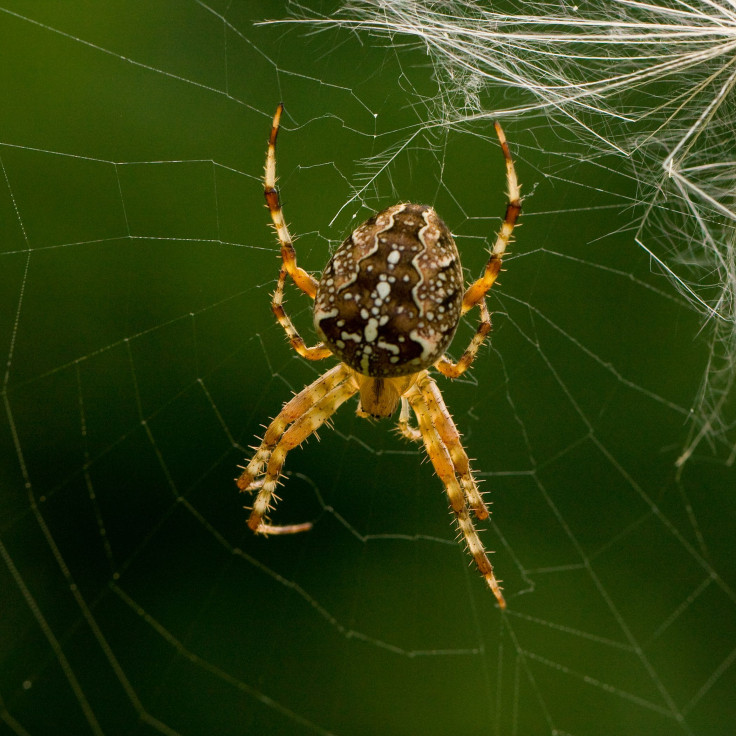Treating Chronic Pain With Spider Venom: Research Reveals 7 Compounds That Could Block Nerve Activity

Humans are hardwired to avoid critters like spiders and snakes due to their potential to bite and be venomous — but new research suggests that spider poison may actually hold the key for alleviating chronic pain. In a new study, researchers identified 7 compounds in spider venom that could potentially be therapeutic for people living with chronic pain.
The trick lies within the Nav1.7 channel, which is associated with pain and inflammation in humans. “A compound that blocks Nav1.7 channels is of particular interest for us,” Professor Glenn King of the University of Queensland’s Institute for Molecular Bioscience, an author of the study, said in the press release. “Previous research shows indifference to pain among people who lack Nav1.7 channels due to a naturally-occurring genetic mutation — so blocking these channels has the potential of turning off pain in people with normal pain pathways.”
Chronic pain affects 1 in 5 people worldwide, the authors argue, and it has an enormous economic burden — costing nearly $600 billion per year — which is larger than the economic costs of cancer, diabetes, and stroke combined. Unlike acute pain, which happens instantly due to an injury or disease but typically goes away, chronic pain persists — often in the form of aching back, headache, or arthritic pain.
So what’s so special about spider venom? There are some 45,000 species of spiders in the world, most of whom contain venom made up of hundreds or thousands of protein molecules; and some of these are able to block nerve activity. But until recently, scientists haven’t really looked into the qualities of all of these compounds, or their potential to be used in medicine. It turns out, however, that many of these compounds may be useful in treating diseases like muscular dystrophy or chronic pain — and possibly others, too.
“A conservative estimate indicates that there are nine million spider-venom peptides, and only 0.01% of this vast pharmacological landscape has been explored so far,” Dr. Julie Kaae Klint, an author of the study, said in the press release.
The researchers of the new study designed a system that could examine the compounds in spider venoms fairly quickly. They screened venom from 206 different species of spider, and found that 40 percent of the venoms were made up of at least one compound that blocked human Nav1.7 channels. 7 compounds were especially promising, and one was particularly potent, also containing chemical, thermal, and biological stability (which is needed when designing a new drug).
Spider venom has been investigated in the past for its potential therapeutic uses. For example, in 2012 researchers dug into its potential use to treat muscular dystrophy — but not much has been developed since then. If the researchers are to develop a drug or therapy involving compounds from spider venom, it will likely be quite some time before they can be tested in a clinical setting.
“Untapping this natural source of new medicines brings a distinct hope of accelerating the development of a new class of painkillers that can help people who suffer from chronic pain that cannot be treated with current treatment options,” Klint said in the press release.



























